The pipe and valve market has been evolving steadily over recent years, influenced by factors such as technological advancement, material innovation, and increasing demand for efficient, reliable fluid control solutions. As infrastructure projects expand and industrial applications become more complex, manufacturers and end users alike are adapting to new trends and challenges. Among the components that have seen noteworthy attention are automatic non return valves, automatic pressure reducing valves, and air line shut off valves, which continue to play critical roles across various sectors.
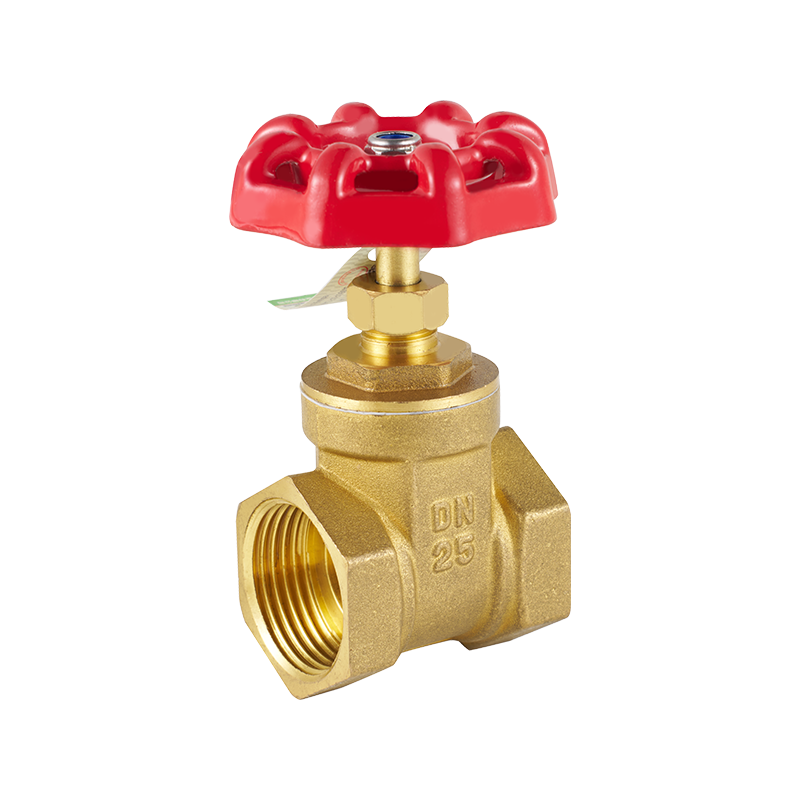
One clear shift in the industry is the focus on automation and smart control. Automatic non return valves, for instance, are increasingly favored because they provide reliable protection against reverse flow without manual intervention. These valves are designed to open fully under forward flow and close automatically when flow reverses, preventing damage to equipment and contamination of fluids. Their automation capability reduces the need for constant monitoring and manual adjustments, which can lower maintenance costs and improve operational safety. In water treatment plants, HVAC systems, and many manufacturing processes, these valves help maintain system integrity and efficiency.
Another area of change is the growing demand for automatic pressure reducing valves. These valves are critical in systems where maintaining stable pressure levels is necessary for safety and performance. Traditional pressure regulation often required manual valve adjustment, but automatic pressure reducing valves simplify the process by continuously adjusting to fluctuations in inlet pressure, ensuring the downstream pressure remains within a set range. This automatic response helps protect piping systems from overpressure, extends the lifespan of connected equipment, and can contribute to energy savings by optimizing flow conditions. In commercial and industrial heating, cooling, and water distribution networks, the use of automatic pressure reducing valves is becoming more widespread due to these benefits.
Air line shut off valves also have seen notable development. These valves are essential in compressed air systems, allowing for quick isolation of sections during maintenance or emergencies. Improvements in design have focused on enhancing sealing reliability and ease of operation, often with automation features that enable remote control. As compressed air systems are used across many industries—from automotive manufacturing to food processing—the reliability of air line shut off valves is critical to ensuring minimal downtime and preventing accidental air leaks. The integration of such valves into automated control systems reflects the broader trend toward smarter, more responsive industrial infrastructure.
Material innovation is another significant factor driving change in the pipe and valve market. The push toward corrosion resistance, longevity, and environmental compliance has led to wider use of advanced polymers, stainless steel alloys, and composite materials. These materials often require new manufacturing processes and testing protocols but offer advantages in durability and compatibility with various fluids and temperatures. For example, valves made with modern polymer composites can resist chemical degradation while being lighter in weight, which simplifies installation and reduces structural stress on piping networks.
Environmental concerns and regulations have also influenced market trends. Systems designed for water conservation, energy efficiency, and reduced emissions often depend on valves that can precisely control flow and pressure. Automatic pressure reducing valves, by maintaining consistent pressure, contribute to lower water wastage and reduce the risk of pipe bursts caused by pressure surges. Similarly, automatic non return valves help avoid contamination and unwanted flow reversals that can advance to environmental hazards. Manufacturers increasingly focus on creating valves that comply with stricter standards while balancing cost-effectiveness.
On the installation and maintenance side, there is growing emphasis on modular designs and ease of servicing. Valves that are easier to install, inspect, and replace without major system disruption are preferred, especially in large-scale or critical infrastructure projects. The incorporation of standardized connections and self-cleaning features enhances uptime and reduces labor requirements. This practical approach benefits operators by reducing downtime and optimizing the lifecycle costs of piping and valve systems.
Digitization and data integration are also beginning to influence valve technology, although this is still an emerging area in the pipe and valve market. Smart sensors and IoT-enabled valves can provide real-time monitoring of flow, pressure, and valve status. While automatic non return valves and automatic pressure reducing valves have traditionally operated based on mechanical principles, the future points toward increased integration with control systems that allow predictive maintenance and remote management. For example, an air line shut off valve equipped with sensors could alert maintenance teams instantly if a leak or malfunction occurs, helping prevent costly shutdowns.
In summary, the pipe and valve market continues to adjust to new demands from technology, materials, environmental concerns, and operational efficiency. Components such as automatic non return valves, automatic pressure reducing valves, and air line shut off valves remain essential elements, evolving to meet higher expectations for reliability and ease of use. The trend toward automation and smarter systems is likely to accelerate, along with the adoption of advanced materials and design improvements aimed at sustainability and cost-effectiveness. For those involved in specifying or maintaining fluid control systems, staying informed about these changes helps ensure the selection of appropriate products that align with modern industry requirements.


 English
English русский
русский Español
Español عربى
عربى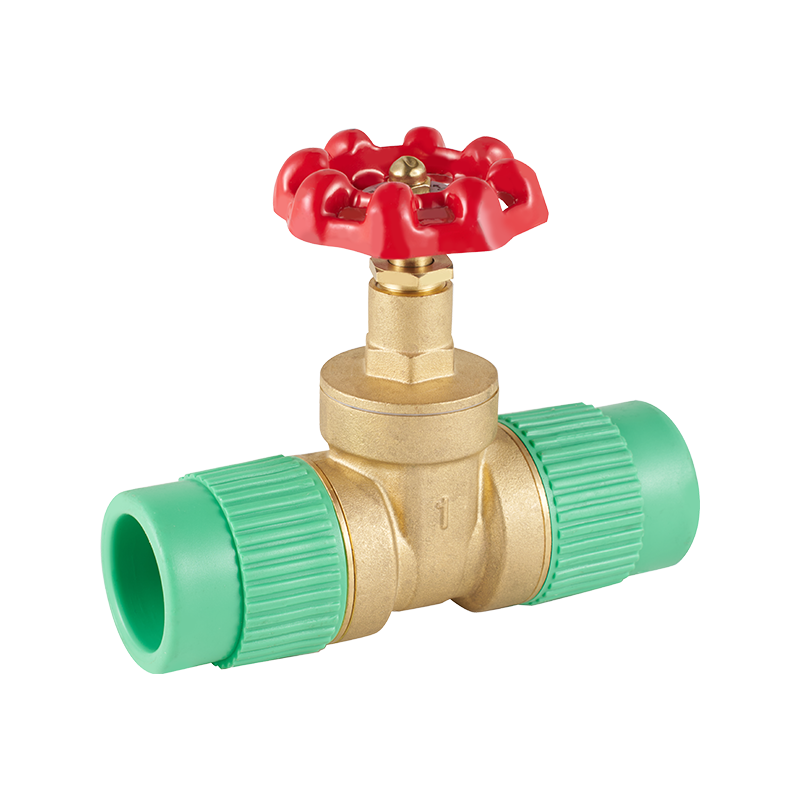
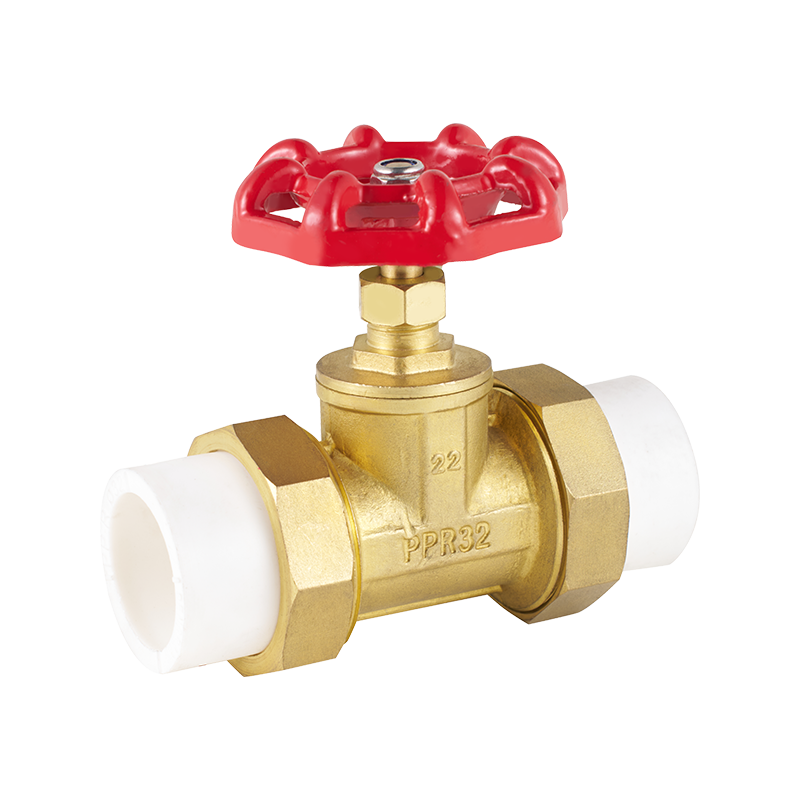
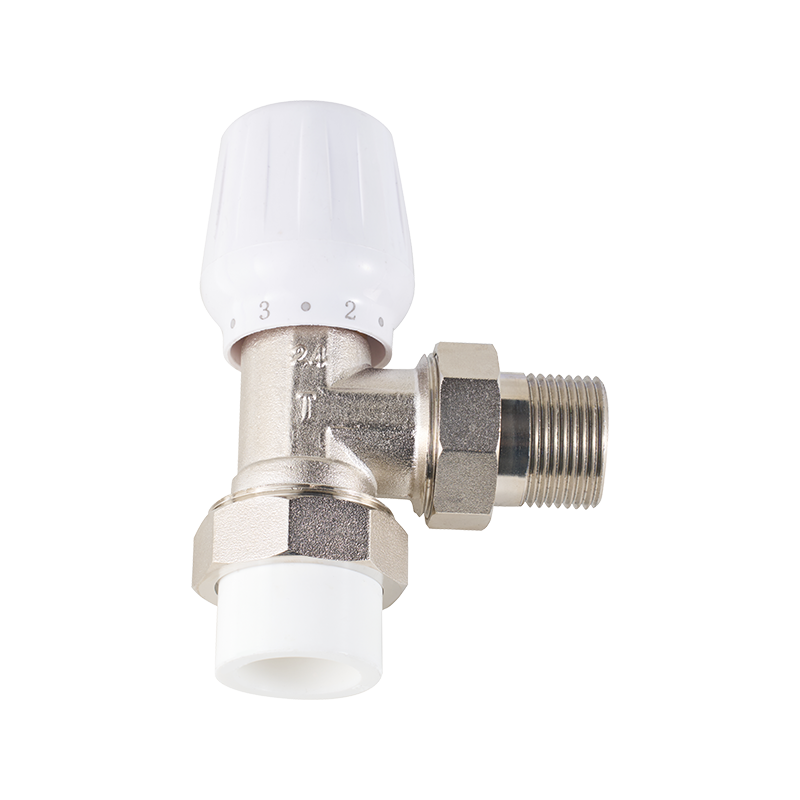
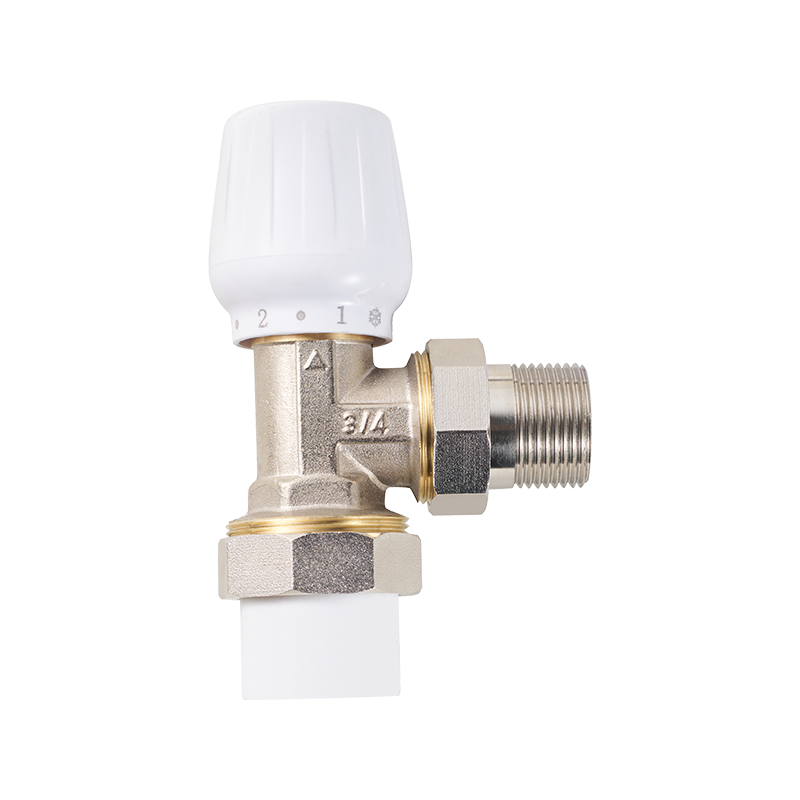
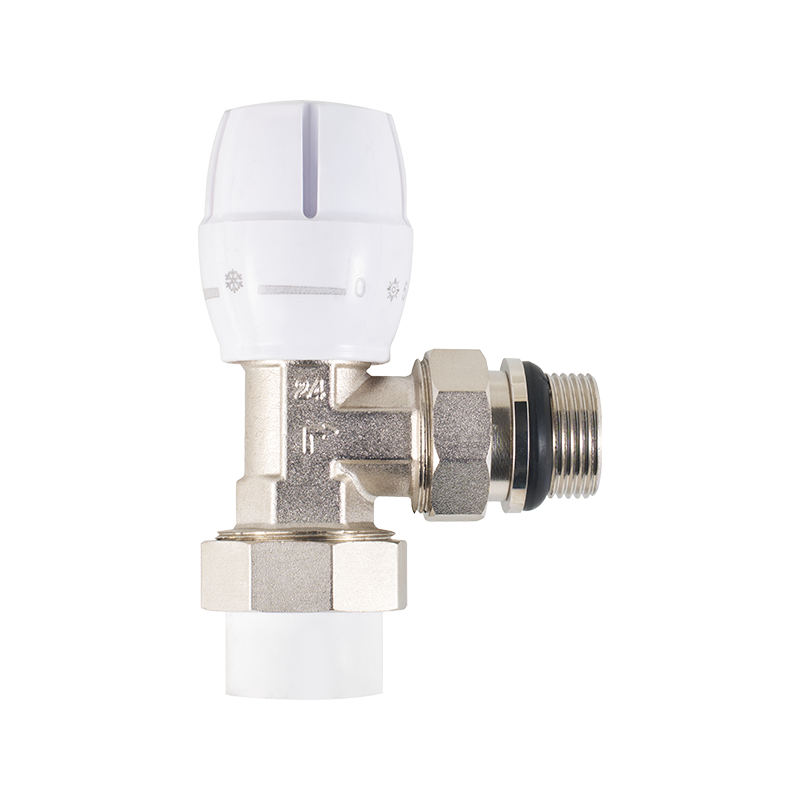


 CONTACT US
CONTACT US